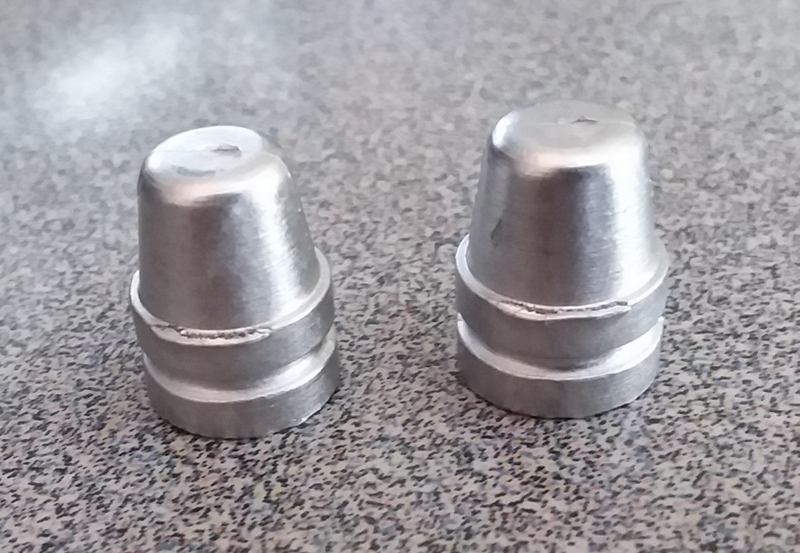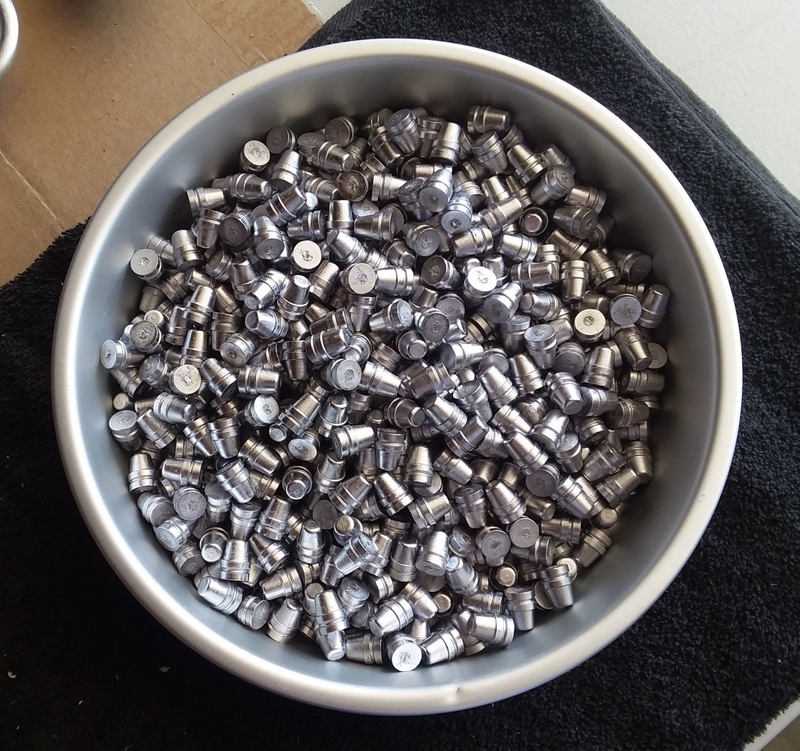Hello Guys,
Have been casting using my new RCBS 200 gr SWC mold. My first casting session had issues with tinning on the edge of the front band. I judiciously removed all the stuck lead and polished the edges using steel wool.
During my 1st casting session over the weekend, I noticed that the edge of the front band of my bullets (around 20% of my yield) were ripping as the mold is opened. I thought this was caused by the bullets sticking to the tinned area of the mold.
Cast for another couple of hours just now. No more tinning and the inside halves of the mold have stayed clean. However, the front corner of the front driving band is still ripping as the mold halves are opened.
I tried casting faster vs slower, opening slower vs briskly, raising or lowering the temp of the lead between 700 to 800 degrees. But the problem persisted.
Alloy is wheel weights + 1% tin added.
Would you guys know what is causing this?
This is enough to make a grown man cry. I'm ready to give up.
Thanks in advance.


|
   
   
|


|



 Reply With Quote
Reply With Quote















